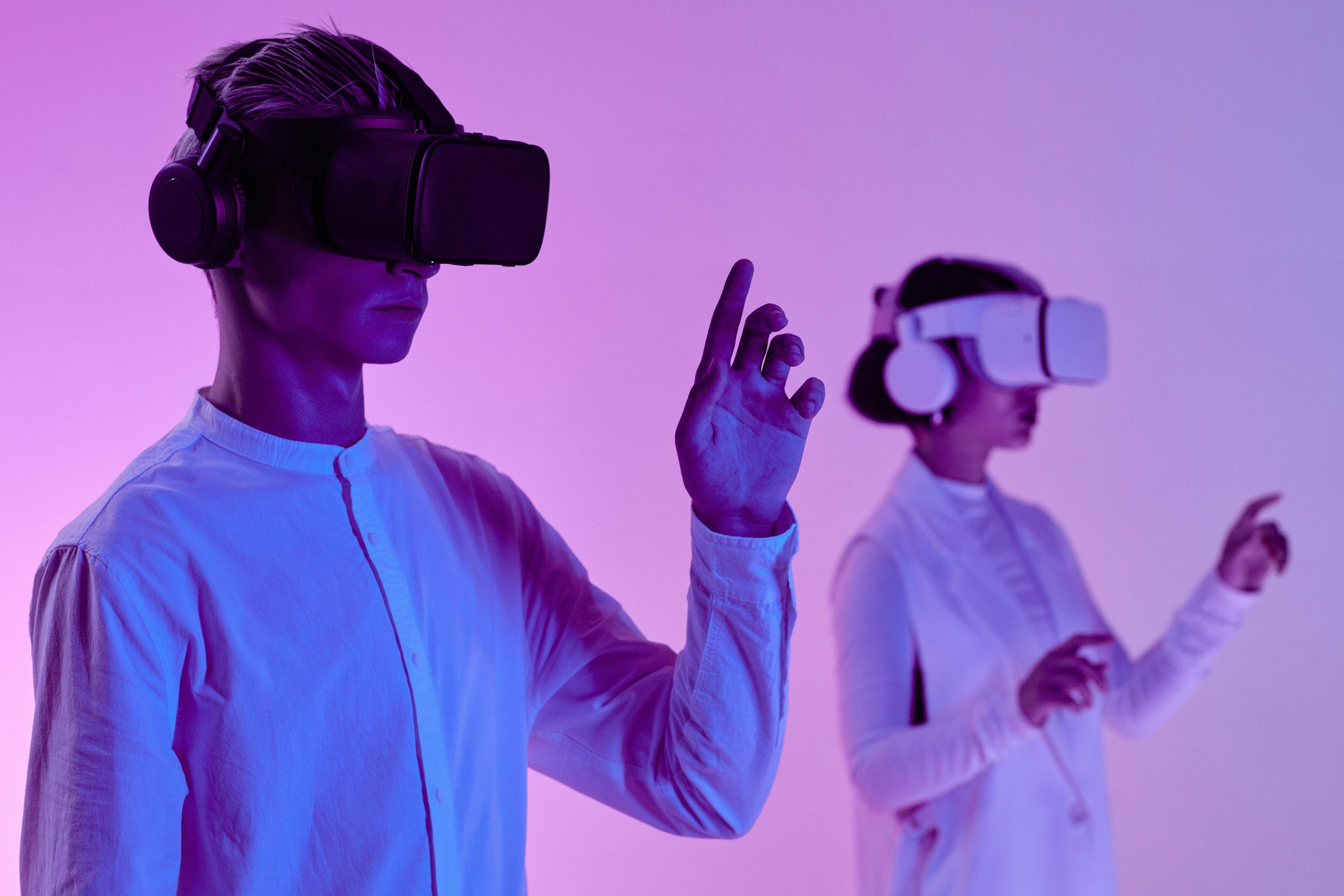Haptic VR Suits: Feeling Digital Worlds Through Smart Fabrics
Imagine stepping into a digital world and being able to truly feel everything around you – the texture of the ground, the warmth of the sun, the rush of wind – all through the clothes you’re wearing. This may sound like something out of a science fiction novel, but thanks to advancements in technology and smart fabrics, it’s becoming a reality. Haptic VR suits are changing the way we experience virtual reality, blurring the lines between what’s real and what’s digital. In this article, we’ll dive into the world of haptic VR suits and explore how they work, their potential applications, and how they’re revolutionizing the way we perceive virtual reality.
What are Haptic VR Suits?
Before delving into the details of haptic VR suits, let’s first understand what exactly they are. In simple terms, haptic VR suits are a type of clothing designed to simulate touch sensations in virtual reality environments. These suits are embedded with tiny motors or actuators that vibrate and generate different patterns of movements in response to the interactions happening in the virtual world. This technology allows users to feel a variety of sensations, from a gentle breeze to a powerful impact, making their virtual experience feel much more immersive and realistic.
How do they Work?
At the core of haptic VR suits are smart fabrics, which contain embedded sensors that can detect pressure and movement. These sensors are then connected to actuators, which are essentially small motors that react to the signals from the sensors. When a user interacts with virtual objects, such as touching a wall or getting hit by a projectile, the sensors detect this movement and send signals to the corresponding actuators, which then vibrate in a specific pattern and intensity to mimic the sensation. This all happens in real-time, making the experience truly dynamic and responsive.
Potential Applications
Haptic VR suits have a wide range of potential applications, with gaming and entertainment being the most obvious ones. Imagine playing a virtual reality game and feeling the impact of getting hit by an enemy. This can take the level of immersion and excitement to a whole new level. But beyond gaming, haptic VR suits have numerous practical applications as well. In the healthcare industry, for instance, these suits can be used to train medical professionals in a simulated environment, allowing them to gain hands-on experience without any risks. They can also be used for physical therapy, helping patients regain movement and sensation in injured areas. In the education sector, haptic VR suits can enhance virtual learning experiences by providing tactile feedback and making simulations more realistic.
The Benefits of Haptic VR Suits
As mentioned earlier, haptic VR suits have the potential to greatly enhance the virtual reality experience. But what are the actual benefits of using these suits? Let’s take a closer look.
Increased Immersion
One of the main benefits of haptic VR suits is their ability to make virtual reality experiences feel more real. By providing tactile feedback, these suits create a stronger connection between the user and the digital world, making it easier for them to suspend disbelief and fully immerse themselves in the experience.
Increased Accessibility
Haptic VR suits can also make virtual reality more accessible to people with disabilities. For individuals with sight or hearing impairments, these suits can provide a way to experience the virtual world through touch. This can open up a whole new world of possibilities for entertainment, education, and even rehabilitation.
Enhanced Training and Learning
With haptic VR suits, training and learning in virtual environments can become much more effective. By allowing users to feel and experience virtual scenarios, these suits can improve the retention of information and enhance the learning process. For training purposes, this can lead to better decision-making and more effective disaster response.
The Future of Haptic VR Suits
The potential applications of haptic VR suits are vast, and this technology is still in its early stages. As research and development continue, we can expect to see more advanced and affordable haptic suits enter the market. This will open up new possibilities for immersive gaming, virtual training, and even therapeutic treatments. In the future, we may see haptic clothing being integrated into everyday wear, allowing us to feel and interact with the digital world in our daily lives.
In conclusion, haptic VR suits are an innovative and exciting technology that is changing the way we experience virtual reality. With their ability to simulate touch sensations, these suits have the potential to create a truly immersive and realistic virtual experience. As technology continues to advance, we can only imagine the endless possibilities that haptic VR suits will bring to the table.











